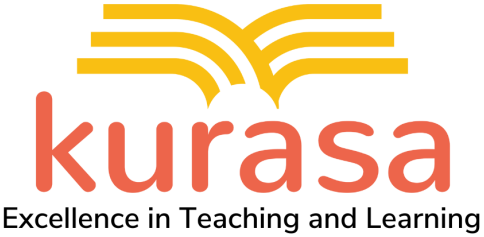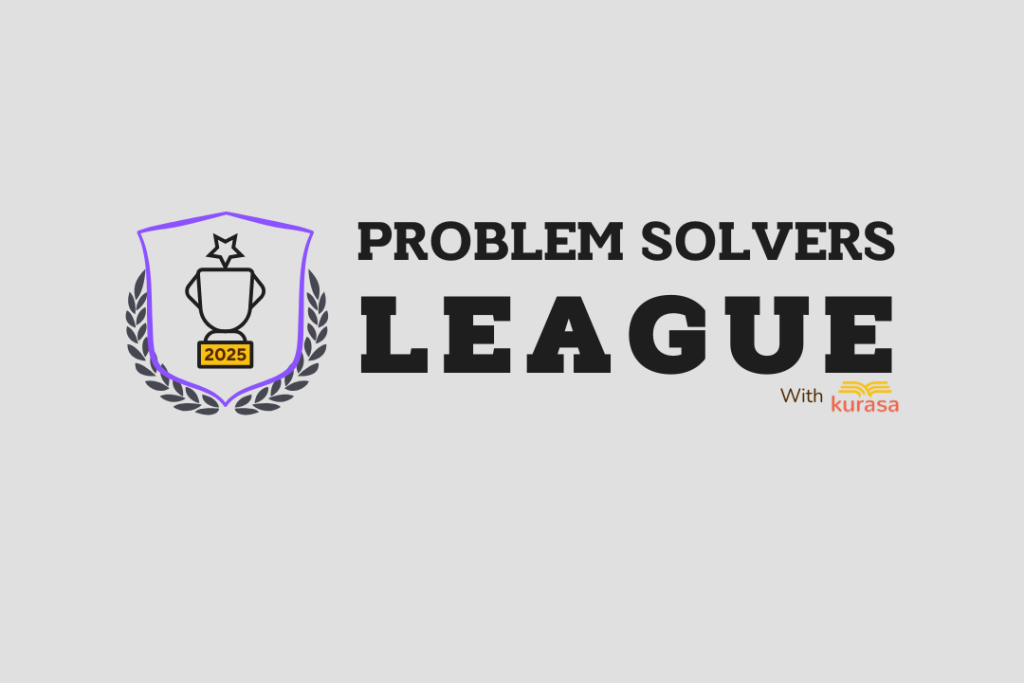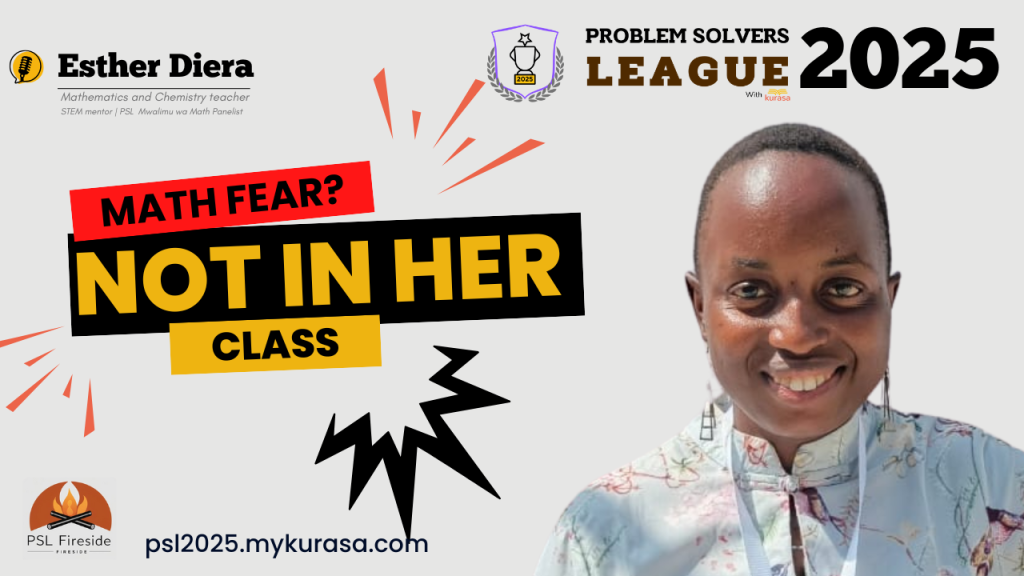Came COVID-19, and everything we knew, as we knew it, was turned upside down literally. From our lives, our jobs, our health, our socialization, our transport, our trading, and very specifically, our education sector. That disease was the scariest thing in recent times. It was unseeable, unpredictable, untreatable to some extent, untouchable, unavoidable without care, and everything else bad.
But as they say, sometimes bad come packed as lessons for a lifetime, so was COVID-19 to our education sector. Whereas we have known education as waking up early, cleaning up, eating something, and going to school to a class, a blackboard, chalk, a teacher, and most definitely friends, the routine was drastically disrupted, without notice, and no one to blame for the change. With it came a great need to rethink, innovate and ensure that millions of our learners continued learning, in the midst of constant lockdowns.
Tremendous efforts were put into place by the government of the day to ensure first, our learners were safe and secondly, learning continued. The efforts included; the creation of a covid-19 National Education Response Committee which was a multisectoral group, and whose mandate was to facilitate equitable and inclusive education to learners, through the production of radio and Television programs, provide online teaching and learning materials, extend distance learning programs and offer psychosocial support to learners and teachers among other tasks.
This did not come short of challenges and a widening gap between those who could afford to, and those who could not. The shift was drastic and most teachers had not been prepared to offer distance learning. Most parents too did not know how to administer the resources and materials that were sent to their phones, for learners to study. Other households lacked smartphones, bundles, airtime for messages, internet, electricity, and all that was required to make distance learning/blended learning a success. We fully saw the efforts of the Ministry of Education, in conjunction with other partners like Kenya Institute of Curriculum Development that gave content, and Communication companies that gave cheaper airtime/bundles for purposes of learning.
The gap exhibited how ICT integration for virtual teaching and learning has been neglected for years, in our education system, especially in our public schools. A survey carried out by Usawa duringthe COVID-19 period, a nongovernmental organization in forty-two (42) counties during the COVID-19 period, showed that the majority of Kenyan learners, especially in public schools did not have access to digital learning. The survey indicated that only 22 out of 100 children were able to access online learning, and less than 10 percent of learners in public schools had access to digital learning materials. Two (2) out of 10 parents were not aware that their children ought to have been learning remotely from home, and 42 out of 100 digital learners accessed TV lessons, while 27 out of 100 students accessed materials sent by schools to parents, through WhatsApp. Ten out of 100 digital learners said they accessed the digital Kenya Institute of Curriculum Development (KICD) materials, while only 37 out of 100 students said they accessed materials provided by parents and only 19 of 100 said they depended on radio lessons.
Previously, the numbers were not encouraging either. A study carried out on ICT integration in schools, showed that only Less than 10% of pupils in Kenya have access to digital learning materials, such as computers, iPads, and laptops. Only 18% have access to the Internet for learning, and only 26% have access to electricity in rural areas. This further showed the inadequate adoption of blended learning in our public schools, further widening inequalities in our education system. During COVID 19 period, the National Education Response team agreed there was a need for the Education Sector Plan(ESP) of 2022-2027, to ensure, that Education in Emergency (EiE) would be made a vote head and a priority going forward.
Comparing the numbers before Covid19, during Covid19, and taking stock of efforts after Covid19 by all stakeholders in digitalizing teaching and learning in our schools, we still have a long way to go.
With a promise by the Government to connect every school to the Internet by 2030, with a curriculum that embraces digital literacy, and hundreds of Edtech companies developing integrated systems for the new curriculum, and management systems for overall education management, it’s a wait-and-see scenario, on how the numbers will shift, in favor of all our learners in public schools and the ICT revolution thereof, in our education sector.


